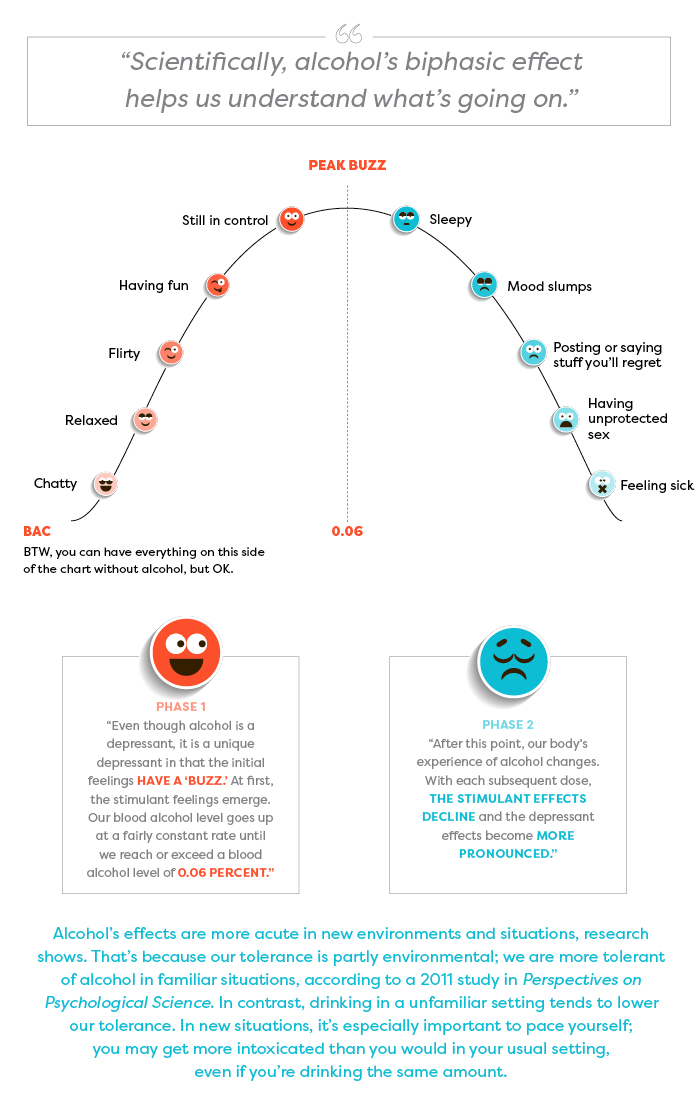Unravel the mystery of getting tipsy on beer with a scientific look at the relationship between ABV and BAC.
Table of Contents
Alcohol consumption is a common social activity enjoyed by many, but the effects of alcohol can vary greatly from person to person. One of the most frequently asked questions is: how many beers does it take to get drunk? In this blog post, we will delve into the science behind alcohol metabolism and tolerance levels to better understand the factors influencing intoxication.
Understanding Alcohol Metabolism
When you drink a beer, the alcohol it contains is absorbed into your bloodstream through the stomach and small intestine. Once in the bloodstream, the liver begins the process of breaking down the alcohol. This process is known as alcohol metabolism.
Alcohol is primarily broken down by enzymes in the liver, specifically alcohol dehydrogenase and aldehyde dehydrogenase. These enzymes convert alcohol into acetaldehyde and then into acetate, which is eventually broken down into carbon dioxide and water. The rate at which the liver metabolizes alcohol can vary based on individual factors.
Individual Tolerance Levels
individual tolerance levels play a significant role in how quickly someone becomes intoxicated. Tolerance refers to how accustomed a person’s body is to the effects of alcohol. Factors such as gender, age, weight, and overall health can influence a person’s tolerance to alcohol.
Men generally have a higher tolerance for alcohol than women due to differences in body composition and enzyme activity. Additionally, age can impact alcohol tolerance, as older individuals may metabolize alcohol more slowly. Weight also plays a role, as a larger body mass can dilute the concentration of alcohol in the bloodstream.
Factors Influencing Intoxication
Several factors can influence how quickly someone becomes intoxicated when consuming beer. One significant factor is the alcohol by volume (ABV) of the beer being consumed. Beers with higher ABV percentages will lead to faster intoxication compared to beers with lower ABV percentages.

Image courtesy of www.campuswell.com via Google Images
Other factors that can influence intoxication include drinking on an empty stomach, mixing alcohol with other substances, and the rate of consumption. When alcohol is consumed on an empty stomach, it is absorbed more quickly into the bloodstream, leading to a faster onset of intoxication. Mixing alcohol with other substances, such as medications or energy drinks, can also have unpredictable effects on intoxication.
Conclusion
Understanding the science behind alcohol metabolism and individual tolerance levels is crucial for making informed decisions about alcohol consumption. While the number of beers it takes to get drunk will vary from person to person, being aware of the factors that influence intoxication can help individuals drink responsibly and stay safe.
Remember to always drink in moderation, know your limits, and never drink and drive. By being educated about alcohol metabolism and tolerance levels, you can enjoy drinking beer responsibly and have a better understanding of how alcohol affects your body.
How does alcohol by volume (ABV) affect intoxication levels?
Beers with higher ABV percentages lead to faster intoxication as they contain more alcohol per volume. This means that consuming a beer with a higher ABV will result in a quicker increase in blood alcohol content and faster onset of tipsiness.
Can individual tolerance levels change over time?
Yes, individual tolerance levels can change over time due to factors such as age, health, and alcohol consumption habits. As people age, their metabolism may slow down, affecting how quickly they process alcohol. Additionally, changes in health or habits can impact alcohol tolerance.
Why is it important to understand alcohol metabolism?
Understanding alcohol metabolism is important because it allows individuals to make informed decisions about their alcohol consumption. Knowing how alcohol is processed in the body can help people gauge their own tolerance levels and make responsible choices when drinking to avoid over-intoxication and its potential risks.
How can mixing alcohol with other substances affect intoxication?
Mixing alcohol with other substances, such as medications or energy drinks, can have unpredictable effects on intoxication. Different substances can interact in ways that intensify or diminish the effects of alcohol, leading to potential health hazards or altering the expected level of tipsiness. It’s essential to be cautious when combining alcohol with other substances.
Generated by Texta.ai Blog Automation


Leave a Reply